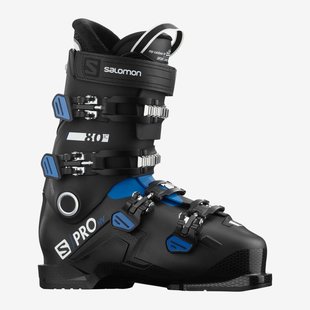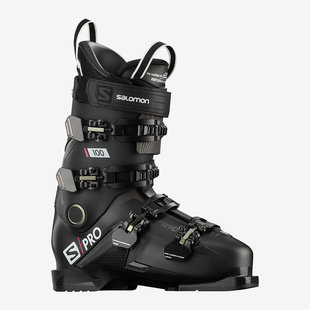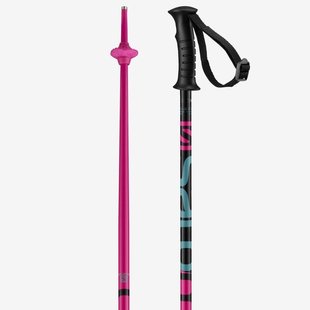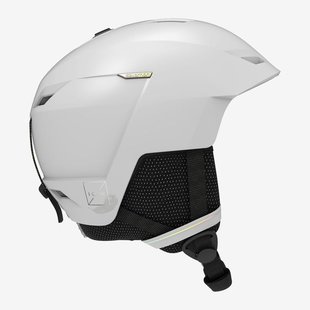Salomon
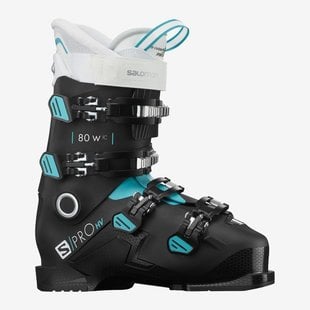
Wmns Alp. Boots S/Pro HV80 W IC: Bk/Scuba
Womens Alpine Boot S/Pro HV 80 W IC
Developed with women’s specific morphology in mind, this boot strikes the perfect balance of performance and fit like a classic S/PRO, but it features an anatomic last of 10

Alpine Boots S/Pro HV70 W IC, Salomon ski boots
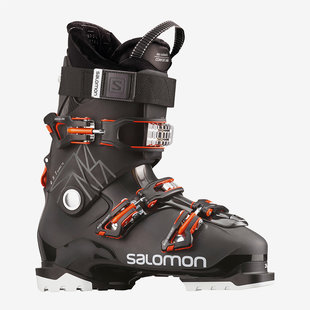
Start your boot ownership career in style with the Salomon QST Access 70 Ski Boots. A wide 104mm last comfortably fits high-volume feet so you don't have to deal with boot pain while you cruise the hill.
Founding of the company François Salomon et fils
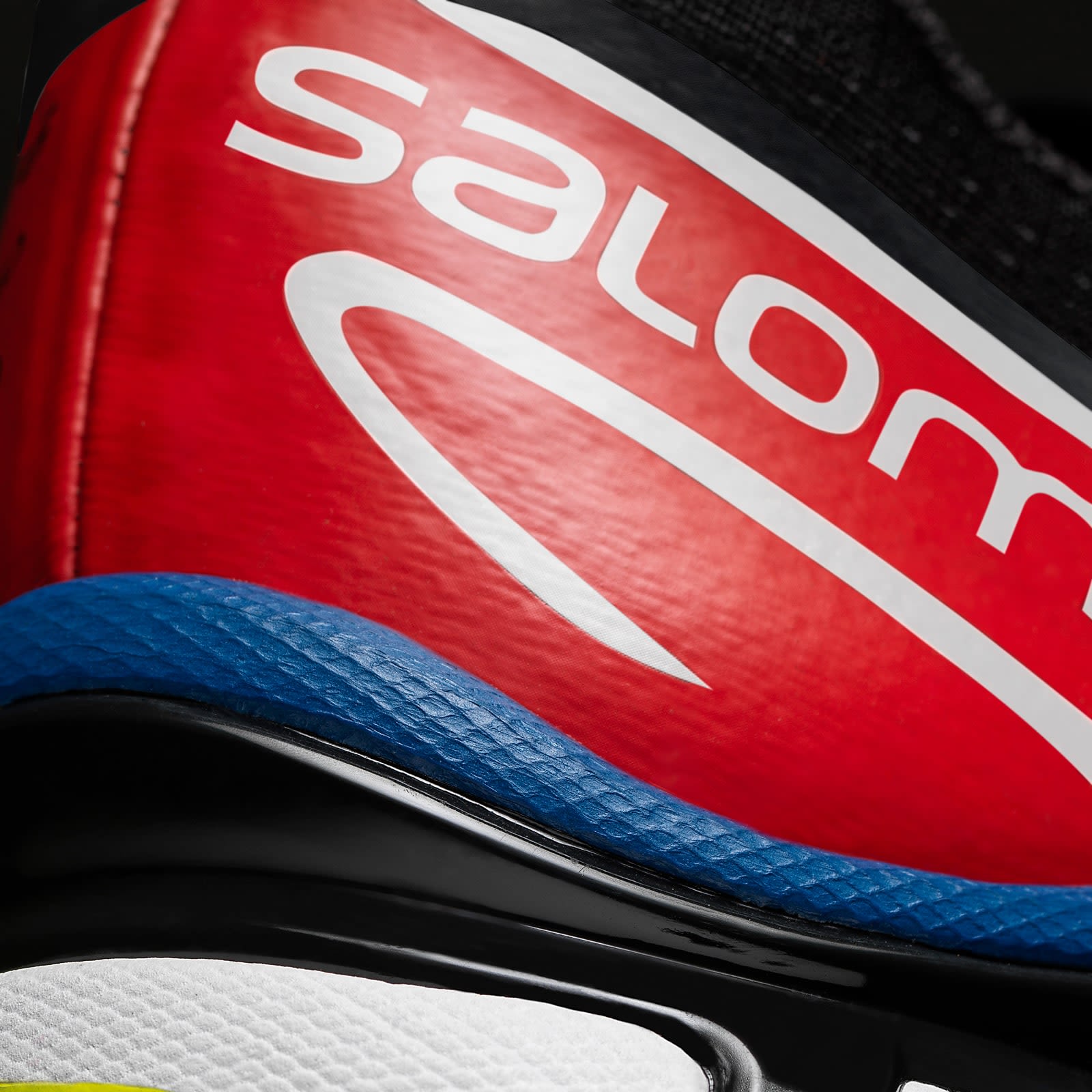
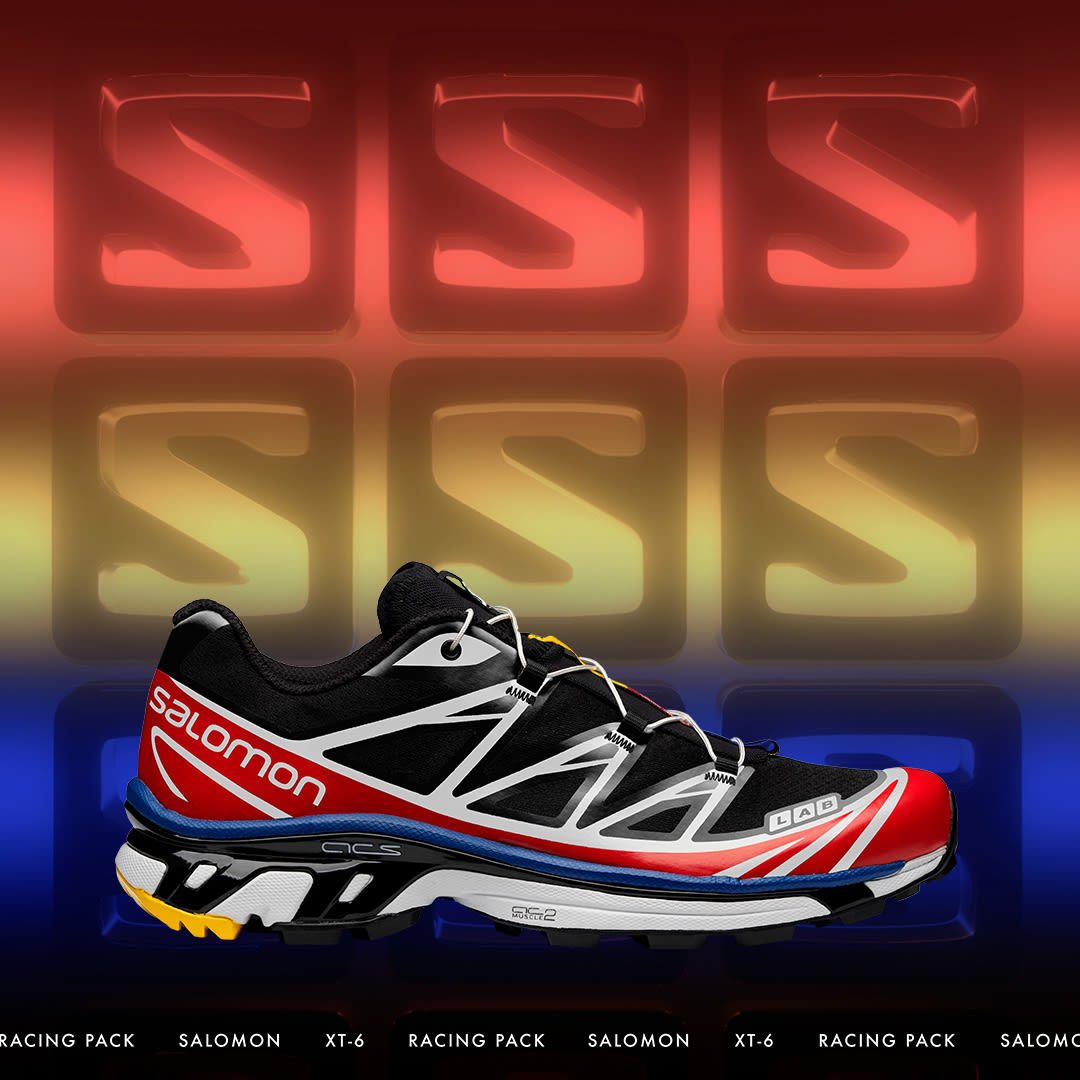
Brand history
The Salomon story is really one about engineering, innovation and smart pivots, stretching back to before the second world war, when François Salomon made saw blades in a little home workshop. After the war, when the newly liberated tourists started returning to the mountains to ski, François saw an opportunity to adapt his skills to ski edges, or carres, which allow skis to turn sharply. But it was his son, Georges, who really took the business forward. Having studied engineering at night school, Georges’ first big idea was to build a machine to manufacture the edges, allowing him and his father to focus on developing ski equipment instead.
Georges came up with two game-changing ideas in the fifties, when skiers still used fixed leather straps as bindings, often resulting in broken bones as legs twisted with jammed skis. The first was a releasable ‘Skade’ binding, which attached to the toe-end of a boot; the second was a system he called ‘Le lift’, which allowed the bindings to release on heavy impact. Initially advertised as ‘Your guardian angel’, it eliminated a very literal pain point. Today’s ski bindings are still made with the same basic design.
By 1972, Salomon was the world’s number-one binding brand, making 1 million of them a year. It branched into ski boots in 1979, with the forward-flexing SX91 in 1984 considered the most influential ski boot of all time. In the nineties, Salomon began making snowboards, skis, and Alpine hiking shoes, while Georges’ obsession with innovation saw him buy US golf manufacturer TaylorMade, whose founder Gary Adams had designed the world’s first metal driver.
Salomon was bought by Adidas in 1997 and then sold to Chinese sportswear giant Amer Sports in 2005 when Adidas moved out of ski equipment and clothing. By then, Salomon was just as well known for its shoes, worn by the likes of trail-running champion Kilian Jornet Burgada, whose fastest-ever ascents of mountains including Everest, Matterhorn and Mont Blanc have brought the sport to wider prominence. More than 1 million pairs of the Speedcross shoe he wore are sold in Europe each year.

A move into fashion
Until 2015, the worlds of Salomon and fashion had never collided. The bright-neon colorways were designed solely for high visibility on extreme hikes and runs. But the story goes that a single customer walked into The Broken Arm, an influential Paris streetwear store, asking for a pair of Salomon Snowcross boots – which look like avant-garde aqua socks, albeit designed for trail-running in the snow rather than strutting the streets. Soon, Salomon and The Broken Arm were working on a collaboration: the same core design as the Snowcross, but with a new outer sole and a sharp grey, green and tangerine colorway.
‘It was a game-changing moment, but it was all very organic,’ says Salomon’s global brand specialist Alex van Oostrum. ‘It was about them buying into not just the heritage of the brand, but the technical aspects of the shoe.’
A series of seemingly surprising collaborations have followed, starting in early 2016 with German menswear designer Boris Bidjan Saberi, known for his use of technical materials, who redesigned the iconic Speedcross 3 trail-running shoe in all-black and all-white. With a growing demand for lifestyle-focused shoes, that same year Jean-Philippe Lalonde joined from Veilance, the fashion-forward arm of Canadian outdoor brand Arc’teryx. His brief was to start a new Sportstyle division at Salomon, fusing street style with performance, which started off with three employees and a blank slate.
The Advanced program that Jean-Philippe subsequently created largely kept the core shoe designs the same, but added bold colorways and design features. The Sportstyle team have grown to 12, but it remains a tiny portion of Salomon’s product range, which still covers the gamut of gear for running, hiking, snowboarding and skiing. But this lifestyle arm is the fastest-growing part of the business, according to Alex, giving it an outsized impact on perception of the brand.
In 2018, Salomon had a showroom at Paris Men’s Fashion Week, which felt like a coronation. Now, it is entrenched in the fashion world, with recent collabs including adapting the low-profile RX Slide 3.0 recovery sneaker into a Mary Jane mule for Comme des Garçons, whose founder Rei Kawakubo is a long-time fan of the brand.

